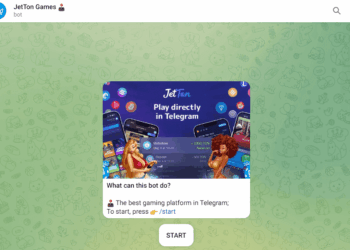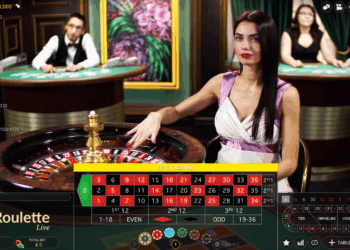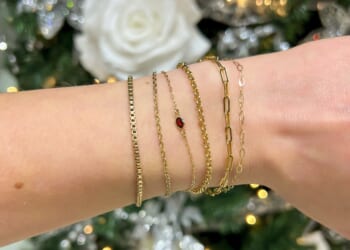Associated Press reporter Julie Watson’s Tuesday night story on UCLA’s settlement with three Jewish students and a Jewish professor, over the university failing to protect their civil rights against anti-Semitic campus mobs, was suspiciously vague on the actual allegations concerning the so-called “Jew exclusion zone” erected and patrolled by campus protesters — with the aid of UCLA’s administration.
While providing none of the awful details about persecution of Jews on campus after the October 7 Hamas massacre in Israel, the AP found room for plenty of details into the alleged injuries suffered by pro-Palestinian protesters:
The University of California, Los Angeles, reached a $6 million settlement with three Jewish students and a Jewish professor whose lawsuit against the university argued it violated their civil rights by allowing pro-Palestinian protesters in 2024 to block their access to classes and other areas on campus.
The settlement comes nearly a year after a preliminary injunction was issued, marking the first time a U.S. judge had ruled against a university over their handling of on-campus demonstrations against Israel’s war in Gaza.
UCLA initially had argued that it had no legal responsibility over the issue because protesters, not the university, blocked Jewish students’ access to areas. The university also worked with law enforcement to thwart attempts to set up new protest camps.
But U.S. District Judge Mark Scarsi disagreed and ordered UCLA to create a plan to protect Jewish students on campus. The University of California, one of the nation’s largest public university systems, has since created systemwide campus guidelines on protests.
How the university handled dispersing the encampment in the spring drew widespread criticism. One night, counterprotesters attacked the pro-Palestinian encampment, throwing traffic cones and firing pepper spray, with fighting that continued for hours, injuring more than a dozen people, before police stepped in. The next day, after hundreds defied orders to leave, more than 200 people were arrested.
Watson followed up on the supposed “pro-Palestinian” protesters, who got the lion’s share of sympathy in a story ostensibly about violation of the civil rights of Jewish students and faculty.
During the 2014 protests at UCLA, at least 15 pro-Palestinian protesters were injured and the tepid response by authorities drew criticism from political leaders as well as Muslim students and advocacy groups.
In contrast, the New York Times’ Anemona Hartocollis provided the awful details to show why the lawsuit was necessary, including turning parts of the campus into university-backed Jew-free zones. That’s in contrast to AP’s unchallenged forwarding of the university’s claim “that it had no legal responsibility over the issue.”
The plaintiffs said the university had not intervened when protesters prevented students who were wearing Jewish symbols like a star of David or the Israeli flag or a skullcap from crossing campus. The university even provided the barricades used to keep people out and stationed security guards on campus who sent Jewish students away instead of helping them get through, the court papers said.
Passers-by were given wristbands that allowed them to pass through if they renounced support for the existence of the state of Israel, the lawsuit said. The U.C.L.A. administration allowed the exclusion zone to continue operating for a week, the lawsuit said.
A May 2024 Los Angeles Times story by Jenny Jarvie also fills in some of the disgusting details that AP avoided.
Eilon Presman was about 100 feet from the UCLA Palestinian solidarity encampment when he heard the screams: “Zionist! Zionist!”
The 20-year-old junior, who is Israeli, realized the activists were pointing at him.
“Human chain!” they cried.
A line of protesters linked arms and marched toward him, Presman said, blocking him from accessing the heart of UCLA’s campus. Other activists, he said, unfurled kaffiyeh scarves to block his view of the camp.

















